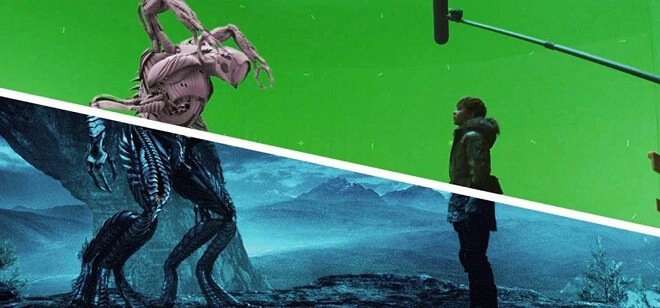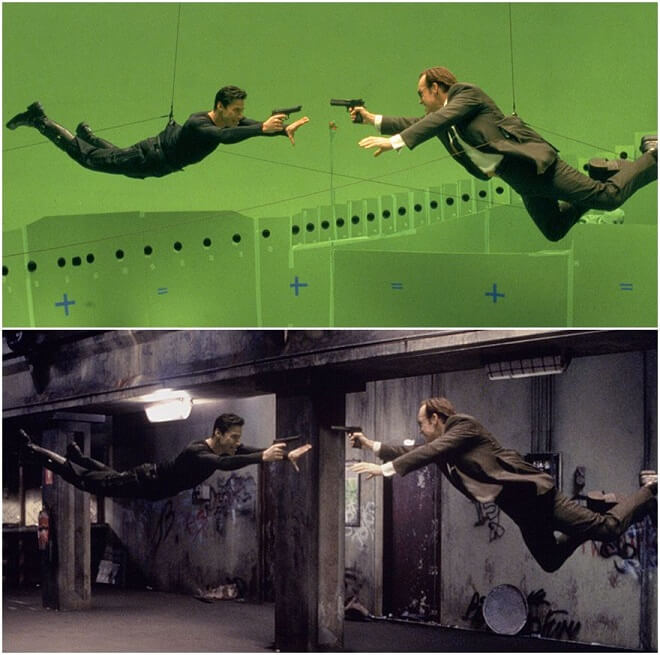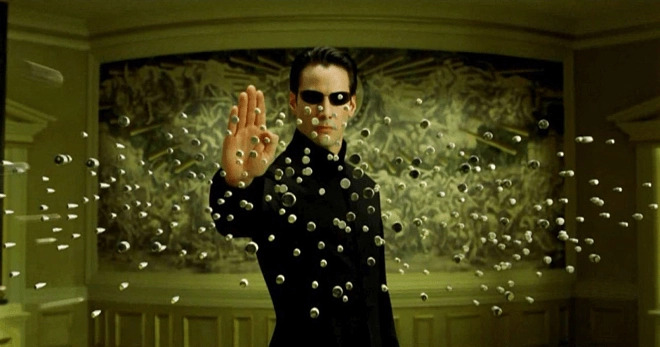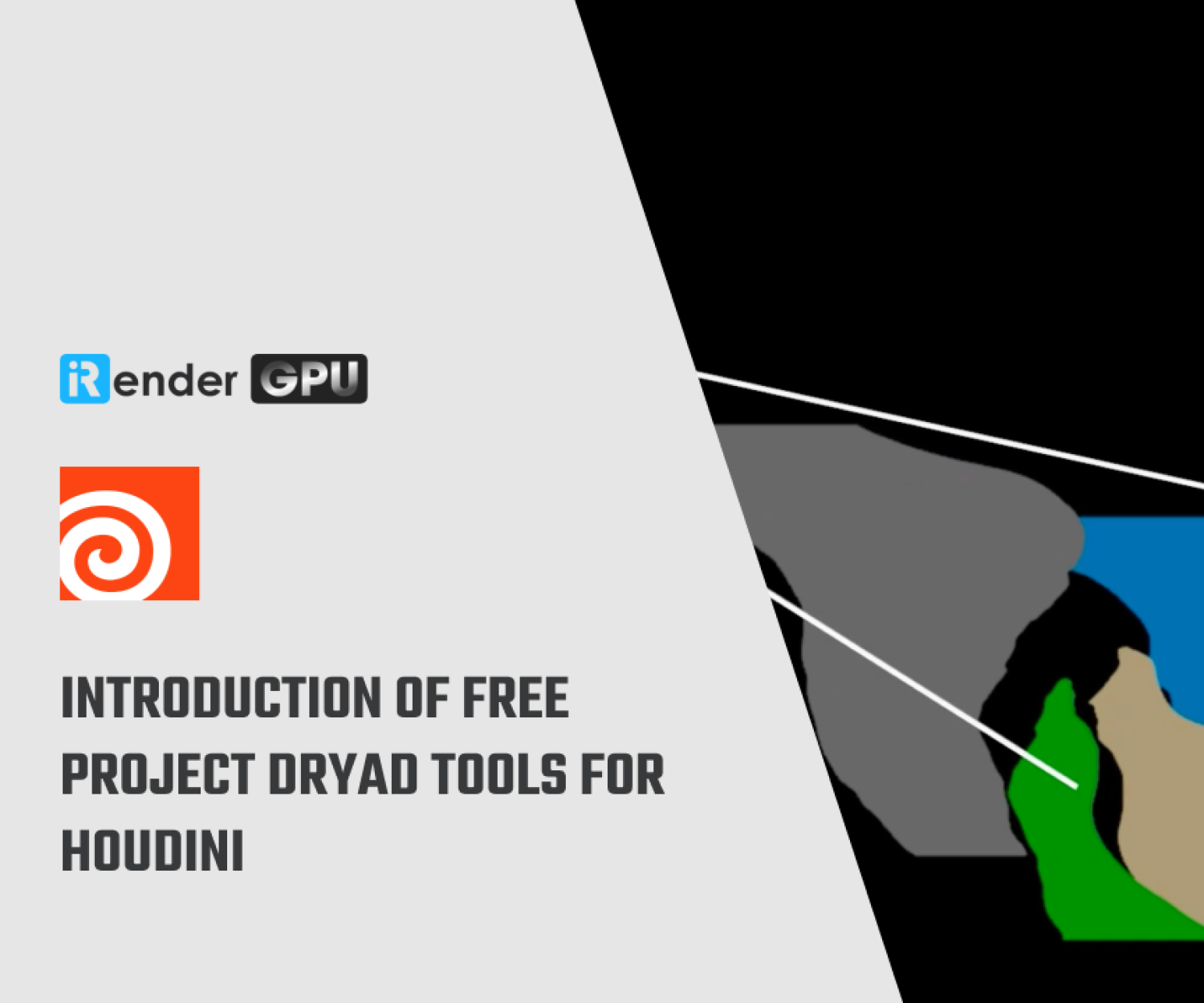VFX lover: The magic of Visual Effects in the movie industry
Behind the eye-catching movies, elaborate cinematic techniques in hit movies is the hand of the “witch” of the Visual Effects Artist. This article, iRender will help you better understand this work as well as the directional roadmap to become a professional Visual Effects Artist in the future.
From the legendary trilogy of Lord of the Rings to the cinematic universe of Marvel, the film effects (VFX) have left an indelible mark on viewers. It could be said that VFX will be a miracle for cinema as well as a tool to help movies visualize their stories, create a utopian world, increase the experience and come to life for viewers. The world of Visual Effects has a lot of interesting things that filmmakers and designers want to explore, with RGB to learn Close-up of the Visual Effects industry – Visual Effects (VFX)!
1 | What is VFX?
VFX is the process of creating digital images to process or enhance the actual footage that has been previously shot. To make it easy to understand, during the filmmaking process, there will be scenes that are too dangerous, impractical, too expensive, take time, or simply cannot be shot in real life, and this is the reason people need VFX.
2 | Why is VFX important in the filmmaking process?
VFX is a great special effect to any movie. They allow filmmakers to visualize and perform effects, worlds, and characters in great detail and magic that actors cannot exploit on set.
3 | The application of VFX.
The main use of VFX is to help filmmakers add dramatic visual elements and extremely impossible aspects to their films. Without these special effects, we wouldn’t have had the visual elements of movies like Star Wars, Pirates of the Caribbean, and The Matrix.
In addition to green backgrounds, VFX also has many more complex effects. For example, CGI (images created entirely from computers). CGI is a long process, where the experts created surreal images to match the surroundings of the film.
If an entire movie or scene requires 100% CGI, then that’s much simpler, but if CGI is only 50% of a scene, it’s more complicated for CGI artists. They have to take into account the actors’ movements, lighting, and more to make the scene look the most realistic.
4 | Common VFX techniques
Here are a few popular and unique VFX techniques filmmakers use to bring fantasy worlds to their audiences.
4.1 Bullet Time
Fans of the Matrix series are sure to immediately recognize legendary scenes where many characters engage in a superhuman gunfight with super slow-motion bullets, or sometimes stop altogether, extremely impressive. This effect allows filmmakers to emphasize fine details of the action, illustrating the nuanced complexity of movie scenes.
From the time this technology appeared to the mid-2000s, Bullet time was very popular in many movies, commercials, TV shows, and video games.
4.2. Doubling
If you’ve seen The Parent Trap or even clone movies that have twins in them, you’ve probably seen this technique. An actor (without a twin brother ) will be filmed in two completely different locations, then the scenes will be stitched together, creating the effect of two different people. Specials are interacting with each other.
This technique creates a bit of interesting motivation for actors, as it is necessary to act as if there is another actor on set and even interact with your fictional co-star.
5 | Movie scenes before and after the VFX
Now let’s explore what your favorite scenes look like before and after VFX.
5.1. Pirates of the Caribbean: Dead Man’s Chest (2006)
The film’s VFX department for making Bill Nighy into a terrifying Davy Jones. Although more than a decade has passed, it still deserves one of the most impressive special effects in VFX history.
5.2. The Dark Knight (2008)
The somewhat horror effects used on Aaron Eckhart’s face in The Dark Knight make you believe he has two completely different faces.
5.3. The Life of Pi (2012)
The truth is the tiger in The Life of Pi isn’t real. Instead, a hug-like pillow was used and tiger techniques were added in post.
5.4. Oz the Great and Powerful (2013)
Although it looks like James Franco is being thrown hard in the river, he’s actually just standing still on set.
5.5. Man of Steel (2013)
Everyone knows that Henry Cavill in Man of Steel really can’t fly. This image shows how he achieved the iconic Superman flight scene, simply using strings and blue screen. Even superman robes have been added in post-production.
6 | VFX in the future?
For many years, VFX has been the cornerstone of the filmmaking industry and will certainly continue into the future. Although there are still people criticizing the abuse of VFX in the film, the reality is that VFX is so immersed in the work and creation of a film that criticizing VFX means criticizing the movie itself. Whether you like it or not, there’s no denying that VFX offers enormous benefits to the filmmaking process, making the impossible possible and growing in the future. further with great strides in technology.
Last but not least, to create such great VFX images we can’t help mention 3D rendering software. iRender prides itself on providing the right configuration packages for almost popular render engines to give you a great experience in rendering. If you have any questions about how to speed up your rendering with our service, register for an account today to experience our service. Or contact us via WhatsApp: (+84) 916017116/ email [email protected] for advice and support.
iRender – Happy Rendering!
Source: gamedesigning.org
Related Posts
The latest creative news from Houdini Cloud Rendering , Cinema 4D Cloud Rendering , Redshift Cloud Rendering, Octane Cloud Rendering, 3D VFX Plugins & Cloud Rendering.





















